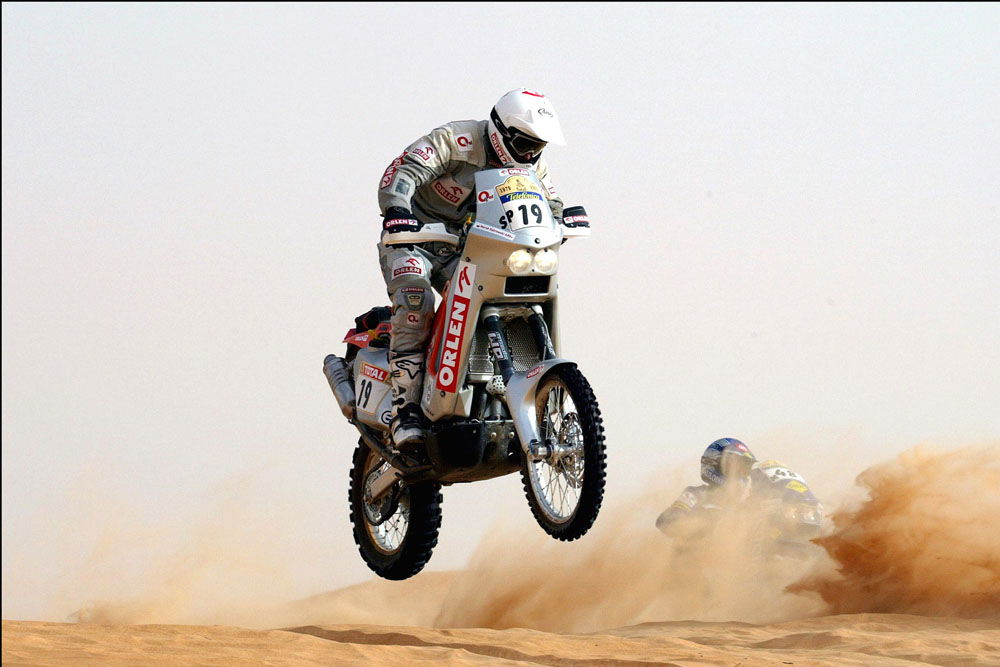Inside Ducati Corse
A veritable minnow in the MotoGP field compared to the behemoth that is Honda, Ducati Corse is becoming a genuine rival to HRC nonetheless...


Ducati Corse is, without doubt, a phenomenon in bike racing.
While the likes of Aprilia has nipped at the heels of Honda by winning in the small GP stroker classes, Ducati is the real deal.
For many years we have watched Ducati Corse beat all comers in SBK more often than not, watched them supply competitive bikes to half the world for domestic racing, watched them redouble their efforts after being beaten by Honda in SBK and witnessed them unflinchingly demote or ditch riders who didn't make the grade. And now even a MotoGP legend such as Kenny Roberts can count himself among the admirers of the way Ducati has kicked butt in SBK and now MotoGP.
How can one small factory, a minnow compared to any of the Japanese sharks, have outdone most of them with its first ever V-four prototype racer?
After watching Ducati Corse study form, join and then win in MotoGP at the first attempt in modern times, and keep their SBK and national Superbike efforts firmly on beam, the realisation dawned that it's simple enough, if complex in practice.
In creating Ducati Corse in 1999 Ducati Motor had copied, wittingly or otherwise, the format laid out by just about the most successful racing entity of all time - the Honda Racing Corporation - or HRC to you and me.
The ways of Honda's company organisation are inscrutable and labyrinthine, but in HRC Honda has an arm completely devoted to racing, staffed by engineers with a taste for the top step in numerous classes, and with Honda's money there to pay for their engineering experimentation.

